Erbium: Element Properties And Uses
Description
Erbium belongs to a group of rare earth elements whose ions possess a peculiar pink colour and glow brightly whenever excited by fluorescent light. Thus, this specific optical property turns erbium into a highly demanded material in such optical applications as fibre optics, lasers, and telecommunications.
Introduction to the Element
Erbium is a lanthanide metal with an atomic number of 68. It is silvery-white in colour and slightly softer compared to other metals. Erbium is actually a chemically fairly stable element at room conditions, dry air, but reacts more strongly upon moisture and increased temperature by forming erbium oxide, Er₂O₃, a useful compound in industrial processes such as the making of glass and ceramics.
Rare earth element erbium belongs to the group of elements that bear similar physical and chemical properties and find wide applications in advanced technologies due to their peculiar magnetic and optical behaviours. Its most important areas of application include telecommunications, lasers, medical equipment, and energy storage, making it crucial in the modern technological landscape.
Chemical Properties Description
Erbium is relatively stable in dry air due to the formation of a thin oxide layer, Er₂O₃, which protects the metal from further oxidation. When erbium is exposed to moisture or higher temperatures, it starts to react more easily with oxygen, forming erbium oxide. Of particular importance is this oxide to the glass-making industry, where erbium oxide enhances the colour of the glass and adds to the general stability and strength of the material.
In addition to its reactions with oxygen, erbium forms compounds with various nonmetals, including halogens. These compounds are indispensable in catalysis and material science studies, where the predictable chemical behaviour of erbium is critical for developing new materials and technologies. An easily recognisable feature of the lanthanide series is the +3 oxidation state of the element, which makes it suitable for inclusion in a number of specialised alloys.
Physical Properties of Erbium
|
Property |
Value |
Unit |
Notes |
|
Atomic Number |
68 |
- |
Lanthanide element |
|
Atomic Weight |
167.26 |
u |
Approximate average atomic mass |
|
Melting Point |
1529 |
°C |
- |
|
Boiling Point |
2870 |
°C |
- |
|
Density |
9.07 |
g/cm³ |
Measured at room temperature |
|
Crystal Structure |
Hexagonal Close-Packed |
- |
Common crystalline form |
For more information, please check Stanford Advanced Materials (SAM).
Optical Properties of Erbium
One of the major reasons erbium has become invaluable in fibre optics and laser applications is indeed its special optical properties. Erbium ions show strong absorption and emission in the infrared region, and thus erbium-doped fibres are ideal for fibre-optic amplifiers in telecommunication. These optical fibres enable the transmission of data at high speeds over long distances with minimal degradation of the signal-an important characteristic for modern communication systems.
Erbium-doped materials also emit a characteristic pink light, which is frequently used in laser devices for precision cutting, medical therapies, and cosmetic treatments. The ability of the erbium ions to glow bright pink under fluorescent light adds to its appeal in optical applications, extending the visual and practical capabilities of many devices.
Applications in Today’s World
Fibre-Optic Communication
One of the most important roles of erbium is in fibre-optic communication, particularly the use of erbium-doped fibre amplifiers to boost signals in optical fibre networks. EDFAs are crucial to enable long-distance data transmission and significantly reduce electronic repeaters, which are complicated and expensive. The ability of erbium to amplify light at 1.55 microns-a wavelength with minimum loss in silica fibres-has made it the cornerstone of modern telecommunication networks.
Laser Technology
Erbium is widely used in solid-state lasers employed in medical procedures ranging from laser surgery to cosmetic procedures like skin resurfacing. The precision with which erbium lasers work renders them excellent for use in applications that need minimal damage to the tissues surrounding a targeted site.
Medical and Cosmetic Applications
In the field of medicine, the erbium-doped lasers are used in tissue ablation and cosmetic skin treatments because they can deliver high precision without significant side effects. These lasers are normally used in dentistry, dermatology, and ophthalmology as part of a less invasive treatment process compared to traditional open surgical techniques.
Energy Storage and Solar Applications
Erbium also contributes to energy storage technologies, especially in solar cells and batteries, where it improves efficiency and durability. The ability of the element to interact with a particular wavelength of light makes it useful in solar energy conversion systems, where it helps raise the efficiency of absorption of light.
History of the Element Erbium
Erbium was discovered in 1843 by Swedish chemist Carl Gustaf Mosander, who isolated the element from a rare mineral called ytterbite, now known as cerite. Although Mosander initially named the element "terbia," further research by other scientists revealed that erbium actually existed as a separate element in the lanthanide series. The element was later named after Erbo, a Swedish village near the site where the mineral was first found.
Erbium remained a curiosity until its optical and magnetic properties were thoroughly investigated in the 20th century. The development of laser technology and fibre-optic communications in the latter half of the 20th century propelled erbium into the spotlight, where it has since become indispensable in modern technology.
Erbium Compounds
Erbium forms a number of useful compounds, each with very specific applications:
• Erbium Oxide (Er₂O₃): Used in the production of ceramics and glass, erbium oxide is known for its ability to impart a pink colour to glass, making it valuable in the production of tinted glass and optical lenses.
ErCl₃ is usually used as a catalyst in organic reactions; it has its application in material science and the synthesis of chemical compounds.
• Erbium Fluoride (ErF₃): Used in the fabrication of special optical devices, as well as phosphors for displays.
Erbium compounds are also widely used in the creation of doped lasers, where erbium ions are introduced into a host material to generate the desired laser emissions.
Frequently Asked Questions (FAQs)
What makes erbium different from other rare-earth elements?
The ability of erbium to absorb and emit light in the infrared region, along with its bright pink fluorescence, makes it highly useful in fibre-optic communications, lasers, and medical applications.
How is erbium extracted from its ores?
Erbium is separated by processes involving solvent extraction, ion-exchange, and metallothermic reduction to produce material of high purity for applications.
What are erbium's main industrial uses?
The major commercial uses of erbium are in fibre-optic amplifiers, solid-state lasers, medical lasers, ceramics, and special glasses.
How does erbium contribute to medical and cosmetic applications?
Erbium lasers are used in applications such as tissue ablation and cosmetic resurfacing because of the precision with which they can minimise surrounding tissue damage.
What research is being done to enhance the methods of erbium extraction?
Current research is directed toward enhancing extraction efficiency, reducing environmental impact, and developing more sustainable methods of production of erbium.

 Bars
Bars
 Beads & Spheres
Beads & Spheres
 Bolts & Nuts
Bolts & Nuts
 Crucibles
Crucibles
 Discs
Discs
 Fibers & Fabrics
Fibers & Fabrics
 Films
Films
 Flake
Flake
 Foams
Foams
 Foil
Foil
 Granules
Granules
 Honeycombs
Honeycombs
 Ink
Ink
 Laminate
Laminate
 Lumps
Lumps
 Meshes
Meshes
 Metallised Film
Metallised Film
 Plate
Plate
 Powders
Powders
 Rod
Rod
 Sheets
Sheets
 Single Crystals
Single Crystals
 Sputtering Target
Sputtering Target
 Tubes
Tubes
 Washer
Washer
 Wires
Wires
 Converters & Calculators
Converters & Calculators
 Write for Us
Write for Us
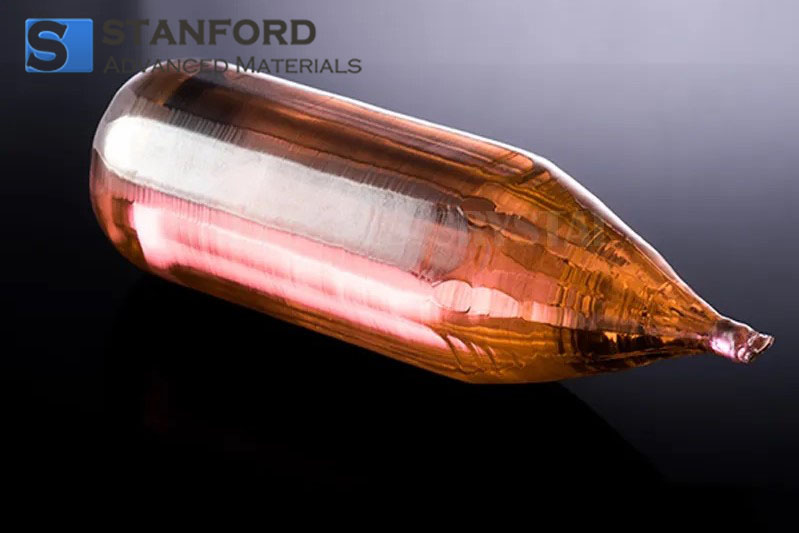
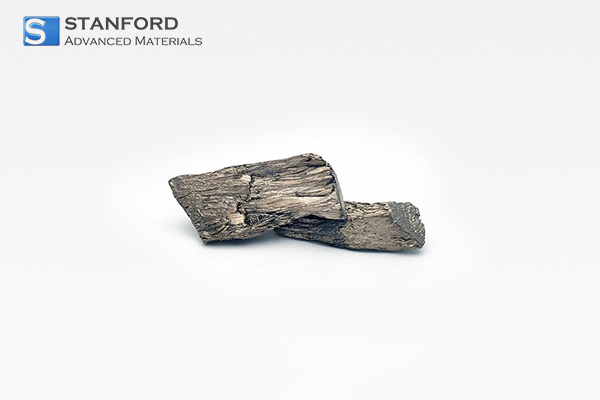
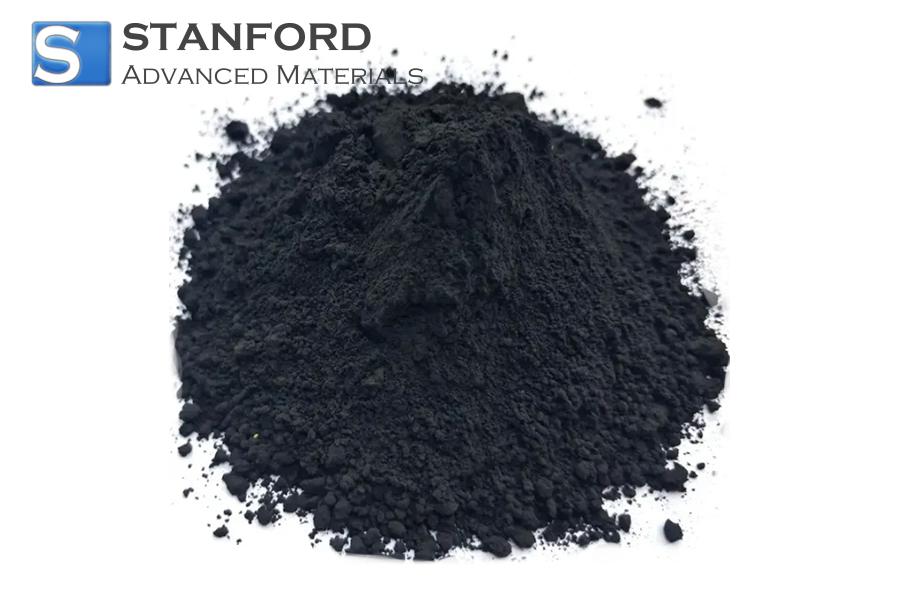
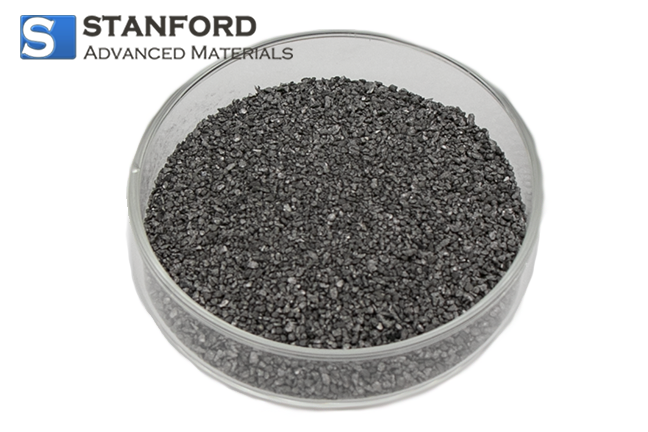
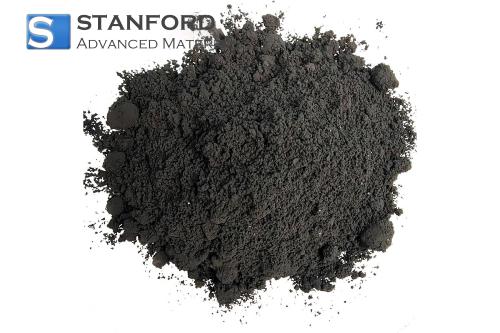
 Chin Trento
Chin Trento



